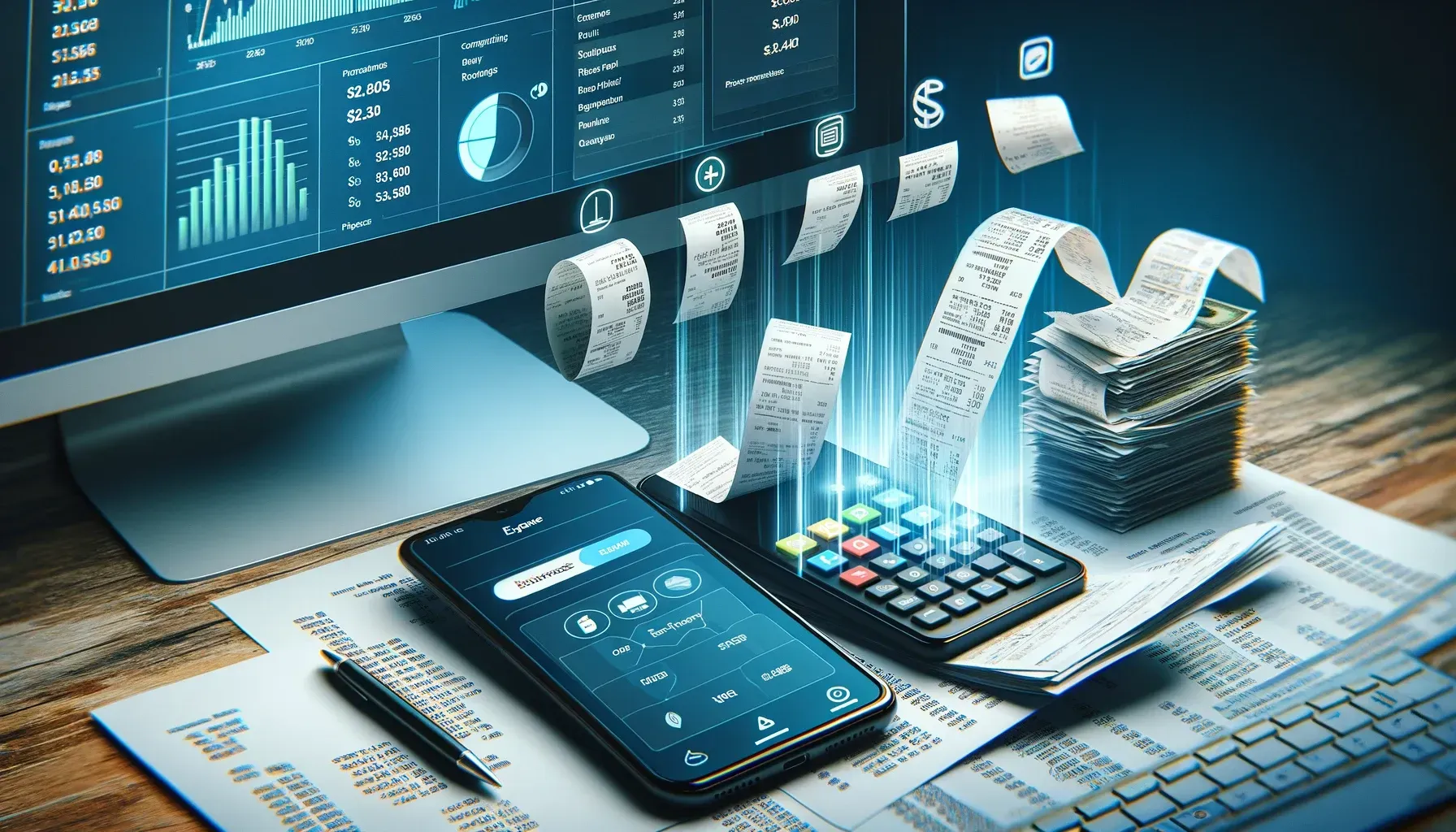Simplifying Financial Management: How to Automate the Input of Expenses
Simplifying Financial Management: How to Automate the Input of Expenses

In today's fast-paced world, managing personal or business finances can be a daunting task. Tracking every penny spent, categorizing expenses, and ensuring accurate financial records are crucial for budgeting and financial planning. Fortunately, with technological advancements, particularly in the realm of Robotic Process Automation (RPA), automating the input of expenses has become not just a possibility but a practical and efficient reality. This blog post explores how you can leverage automation to streamline your expense management process.
The Challenge of Manual Expense Tracking
Traditionally, tracking expenses involves collecting receipts, manually entering data into spreadsheets or financial software, and categorizing each expense. This process is time-consuming, prone to errors, and inefficient. As businesses grow and personal expenses become more complex, the need for a more streamlined approach becomes evident.
The Solution: Automation
Automation, through RPA and financial management apps, offers a seamless way to handle expense inputs. Here’s how you can implement automation in your expense management process:
1. Choosing the Right Tool
The first step is to select an automation tool that suits your needs. Many financial apps and software (e.g., QuickBooks, Expensify, Mint) now offer features that automate the tracking of expenses. Look for features like receipt scanning, automatic categorization, and integration with your bank accounts and credit cards.
2. Direct Bank Feeds
Connecting your financial management tool directly to your bank and credit card accounts can automate the retrieval of transaction data. These tools can pull in your expenses in real-time, eliminating the need to manually input data. Transactions are securely imported, and some tools even categorize expenses based on the vendor and spending habits.
3. Receipt Scanning and Management
Modern expense management tools come with mobile apps that allow you to snap pictures of receipts. These apps use Optical Character Recognition (OCR) technology to extract relevant data (such as date, vendor, and amount) and automatically input this information into your expense tracker. This feature is particularly useful for business travelers and individuals with numerous cash transactions.
4. Automated Categorization and Tagging
Once expenses are inputted into the system, AI-driven categorization comes into play. Expenses can be automatically categorized into predefined buckets such as travel, meals, utilities, or custom categories relevant to your business or personal budgeting needs. You can also set up rules for automatic tagging for even more detailed tracking.
5. Integration with Accounting Software
For businesses, integrating your expense management tool with accounting software is crucial. This integration allows for real-time updates to your financial records, ensuring that your accounts payable, tax preparation, and financial reporting are always up-to-date and accurate.
6. Setting Up Alerts and Limits
To further enhance the management of your expenses, set up alerts for unusual activity or when spending exceeds a certain threshold. These proactive features can help you stay on top of your finances and make informed decisions.
Benefits of Automating Expense Inputs
- Time Savings: Automation significantly reduces the time spent on data entry and reconciliation.
- Accuracy: Automated systems reduce human error, ensuring more accurate financial records.
- Real-Time Visibility: With automatic syncing, you get a real-time view of your financial situation, helping you make better financial decisions.
- Increased Productivity: Freed from the tedium of manual entry, you or your employees can focus on more strategic tasks.
Conclusion
Automating the input of expenses is a game-changer for both individuals and businesses. By leveraging the right tools and technologies, you can streamline your financial management processes, improve accuracy, and gain valuable insights into your spending patterns. As we move forward, the role of automation in financial management will only grow, making it an essential strategy for efficient financial planning and analysis.
Please click here to see how you can create your own automations using ElectroNeek RPA Platform
Contact us
hello@jobdoneautomation.com
Menu
Subscribe to our monthly digest
Let us show you how you could benefit from our services
Join the Newsletter
We will get back to you as soon as possible
Please try again later
All Rights Reserved | Job Done Automation
